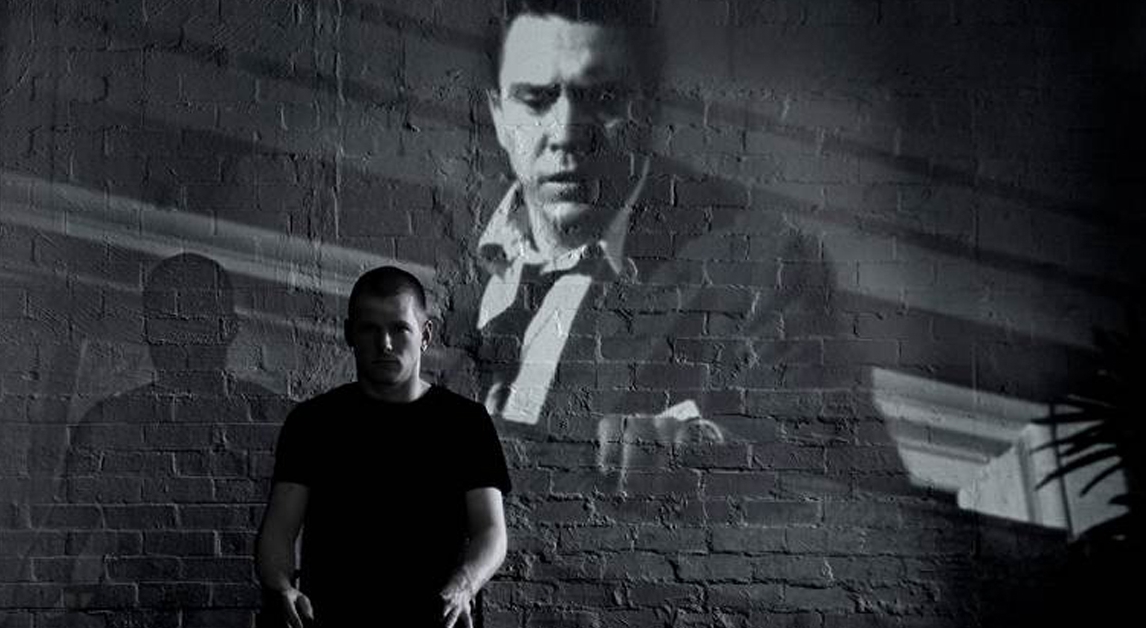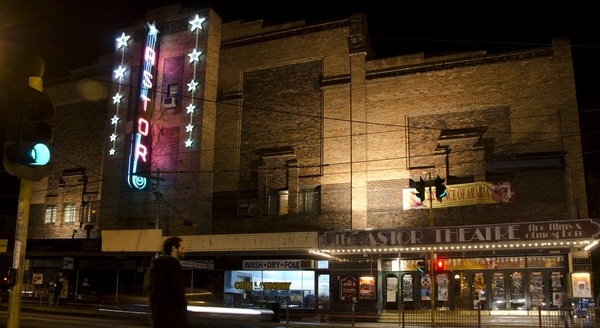Choreographer Lucy Guerin has always been fascinated by the idea of movement and exploring the limits of traditional dance. Her previous works have been experimental in nature, and her distinctive approach to contemporary dance has evolved and intensified over the years. Her latest production is Motion Picture, which premiered as part of Dance Massive at Arts House in North Melbourne.
Motion Picture takes the classic 1949 film noir D.O.A. directed by Rudolph Mate, and reinterprets it via the medium of dance. The film tells the story of Frank Bigelow, an unassuming businessman who is poisoned by a deadly toxin and uses his remaining hours to try and discover who is responsible and why. The film used many of the tropes of the noir genre, and it was these cinematic conventions that appealed to Guerin when creating this work. The classic film noir is an integral part of the performance, but it is projected onto a screen located behind the audience, which means that you have to crick your neck if you wanted to check out the action during the night.
The staging for Motion Picture is sparse and minimal. There are only six dancers on stage – two men and four women, most of whom have performed as part of Lucy Guerin Inc in previous productions from this exciting and innovative dance company. The performance space is a blank white area at the front of the theatre, a blank canvas on which Guerin’s performers then create their visual reinterpretation of the film, thus blurring the line between the purely visual medium and live dance. And occasionally the white lines of a road are projected onto the white wall behind the dancers, giving us a sense of momentum, a journey. The dancers respond to some of the sounds and visual cues of the film to shape their movements as they reinterpret the action.
But what transpires is not traditional dance as we know it. The performers use the limited space of the theatre in interesting fashion. Each of the six performers initially mimic the actions and dialogue of the characters from the film through precise choreography. Then there is a vibrant scene set in a jazz club, and the dancers really come alive, throwing themselves into a vigorous and energetic routine. But there is also a lot of stillness as, at times, the performers merely become passive spectators watching the film, giving the whole production an element of voyeurism.
BY GREG KING

